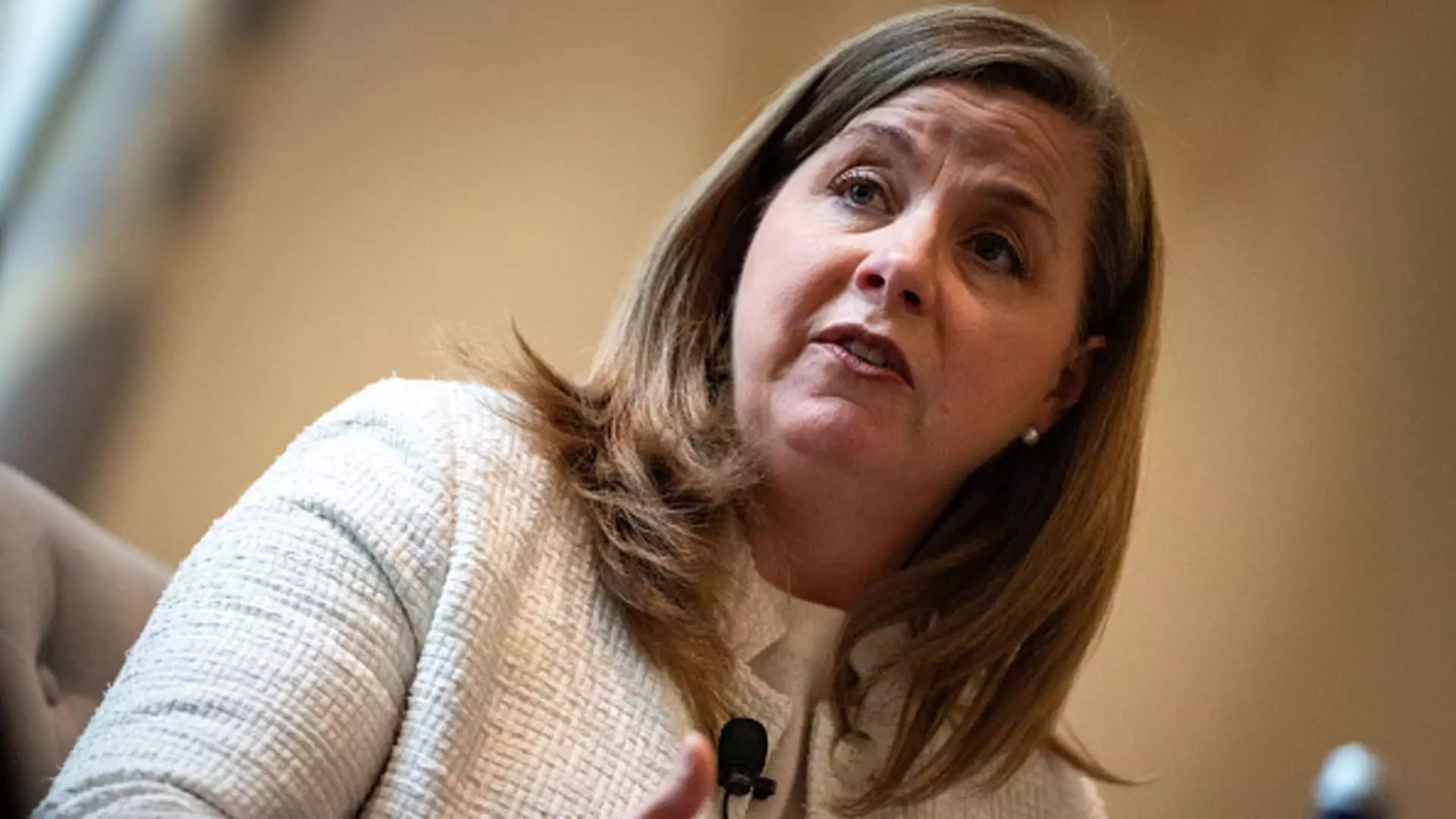In a recent address to bankers in California, Federal Reserve Governor Michelle Bowman articulated her stance on the recent interest rate cuts implemented by the Federal Open Market Committee (FOMC). While showing support for the quarter-percentage-point reduction enacted in December 2023, Bowman suggested that no additional cuts are necessary at this juncture. Her remarks underscore a critical tension in monetary policy: the need for supportive actions to stimulate growth while simultaneously addressing persistent inflationary pressures.
Bowman’s comments highlight her concern that inflation rates remain “uncomfortably above” the Fed’s target of 2%. She believes that the December rate cut marked the end of a significant recalibration phase for monetary policy and underscores that the current interest rate aligns approximately with what she describes as a “neutral” stance—one that neither stimulates nor restricts economic activity. This balancing act is crucial, considering that while the Fed aims to foster a robust economic environment, it must also guard against the risks posed by unchecked inflation.
Statistics reveal a complex picture regarding inflation. For instance, the Fed’s preferred inflation gauge recorded a rate of 2.4% in November, raising concerns when one notes the core inflation—which excludes volatile food and energy prices—rose even higher to 2.8%. This core measure is deemed a more reliable long-term indicator by policymakers. Despite a perceived decline in inflation throughout 2023, Bowman asserts that the momentum has faltered, placing core inflation uncomfortably above the desired threshold.
The mixed signals from inflation data prompt a significant debate within the FOMC. The recent minutes from the December meetings indicated that while there is an overarching confidence that inflation will eventually return to the 2% goal, projections for a timeline extend well into 2027. Such divergent views emphasize the inherent uncertainty in economic forecasting, especially in the wake of global economic volatility.
Interestingly, Bowman’s perspective diverges from that of some of her colleagues, including Governor Christopher Waller, who adopted a more optimistic outlook during a speech in Paris. Waller argued that various factors keeping inflation rates elevated are gradually moderating, suggesting that future reductions in the Fed’s policy rate might be appropriate. This discord among Fed officials reflects the challenges in reaching a consensus on monetary policy amid fluctuating economic indicators.
Moreover, regional presidents like Susan Collins and Patrick Harker expressed their expectation for potential rate cuts this year, albeit at a slower pace than previously contemplated. Such varied analyses present a picture of a Federal Reserve grappling with the complexities of inflation management while trying to maintain economic stability.
Another layer of complexity is added by anticipated policy changes under the incoming administration led by President-elect Donald Trump. In her statements, Bowman emphasized the necessity for her colleagues to avoid “prejudging” potential policy effects, particularly concerning tariffs and immigration. Such unpredictable shifts could substantially influence both inflation dynamics and broader economic activities.
Bowman’s stance also reveals an inherent caution regarding excessively loose monetary policies. She pointed to remarkable stock market gains and an uptick in Treasury yields as evidence that current interest rates may be constraining economic activity. Her cautious approach serves as a reminder of the delicate interplay between monetary policy implementation and external economic realities.
Governor Michelle Bowman’s critical insights reveal a commitment to a careful and measured approach to monetary policy as she navigates the tensions between fostering growth and controlling inflation. Her emphasis on maintaining a neutral policy stance amidst current economic uncertainties may well define the interim strategies of the Federal Reserve in the coming months. As policymakers face both internal divisions and external pressures, the road ahead will require a nuanced consideration of economic indicators coupled with an awareness of broader market dynamics that could influence outcomes. The path toward effective monetary policy remains fraught with complexity, demanding continuous reflection and strategic adaptability from the Fed’s leadership.

Leave a Reply